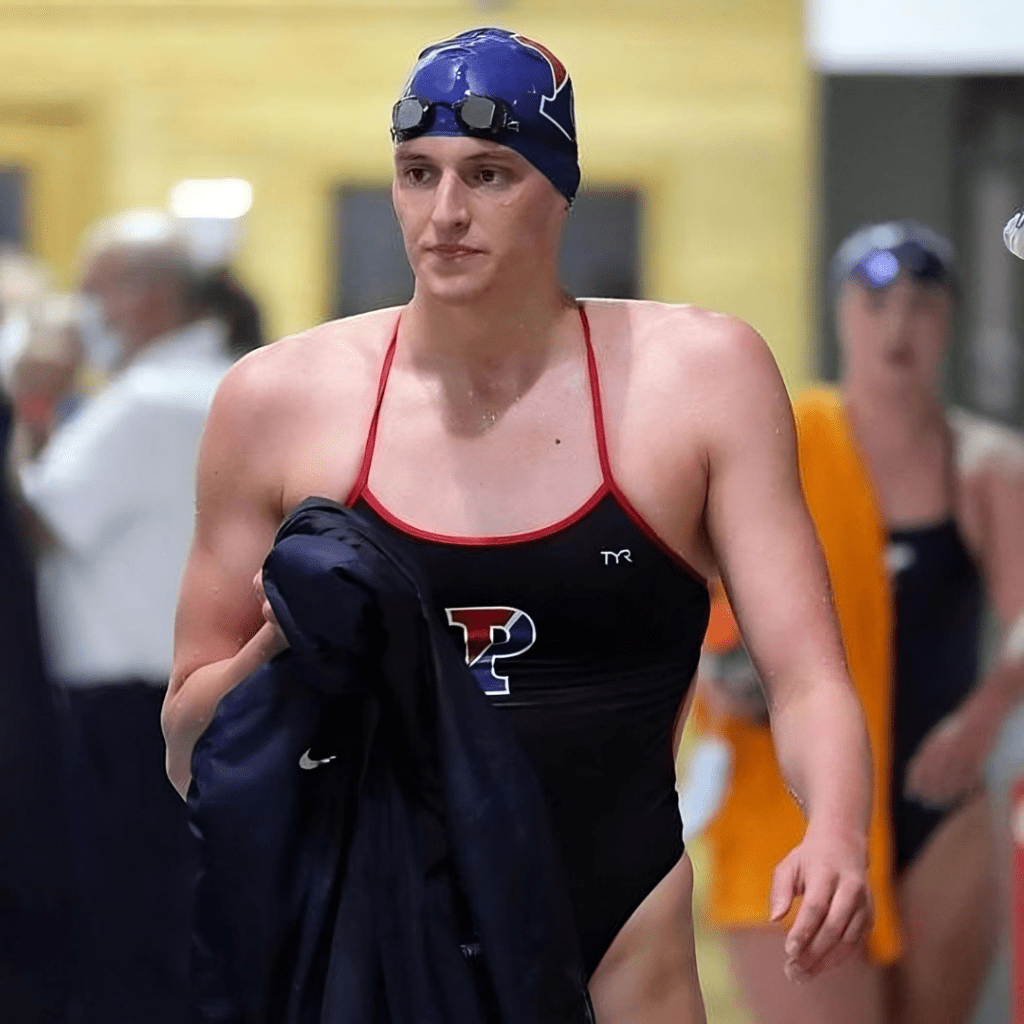The participation of transgender athletes in collegiate sports has become a fiercely debated topic, with Lia Thomas emerging as a principal player in this complex and emotionally charged issue. As a transgender woman competing in women’s swimming, Lia has captivated the attention of sports enthusiasts, activists, and policymakers alike, igniting a discussion that delves into the heart of fairness, inclusion, and the very essence of competitive athletics.

Being inclusive is more than just a buzzword – it’s a mission that should be at the forefront of every sporting organization’s agenda. Proponents of Lia Thomas’s participation argue that creating an environment of acceptance and dignity for all athletes, regardless of gender identity, is crucial. The core of inclusion extends beyond physical capabilities; it’s about recognizing and validating each individual’s unique identity and experiences.
The debate surrounding Lia Thomas’s participation has primarily focused on the issue of biological differences between transgender and cisgender athletes. It’s an undeniable fact that there are physical variations, and this has led some to question the fairness of allowing transgender athletes to compete against their cisgender counterparts. However, to deny transgender athletes their rightful place in the sport is to compromise the very principles of acceptance and decency at its core.
For transgender individuals, the journey is often paved with obstacles, and Lia Thomas is no exception. From systemic challenges to societal mockeries, the hurdles faced by transgender athletes highlight the urgent need for creating inclusive environments where they can thrive without fear of hostility or discrimination. Proponents of Lia’s participation argue that fostering such supportive environments is essential for the overall well-being of transgender athletes.
Lia Thomas’s bold declaration of her feminine identity in an impassioned interview with Sports Illustrated was a powerful statement that resonated with her cisgender classmates. Her experience serves as a poignant reminder of the courage required to navigate a society that is gradually, but inevitably, becoming more inclusive. Lia’s journey represents the broader struggle for transgender rights and the need to create a more accepting and equitable landscape in the world of competitive athletics.

The movement for transgender rights has been gaining momentum, evolving from a fight for fundamental equality and acceptance to a complex discussion surrounding privilege and justice in competitive sports. While progress is being made, the debate surrounding Lia Thomas’s participation highlights the delicate balance between fairness and inclusivity that sports governing bodies must navigate.
At the heart of the Lia Thomas conundrum lies the challenge of finding a harmonious equilibrium between fairness and inclusivity. Transgender athletes must be able to compete without the fear of harassment or discrimination, while also acknowledging the biological differences that may impact competitive fairness. It’s a precarious path, but one that is essential to advancing this vital discussion and ensuring that the world of sports remains a space where everyone can thrive.

The participation of transgender athletes in collegiate sports has become a lightning rod for debate, with Lia Thomas’s journey serving as a poignant example of the complex issues at play. As the conversation evolves, it is crucial that we approach this topic with empathy, nuance, and a commitment to creating an inclusive and fair environment for all athletes, regardless of their gender identity. By striking a delicate balance between recognizing biological diversity and upholding the principles of acceptance and dignity, the sports community can pave the way for a more equitable and inclusive future.


